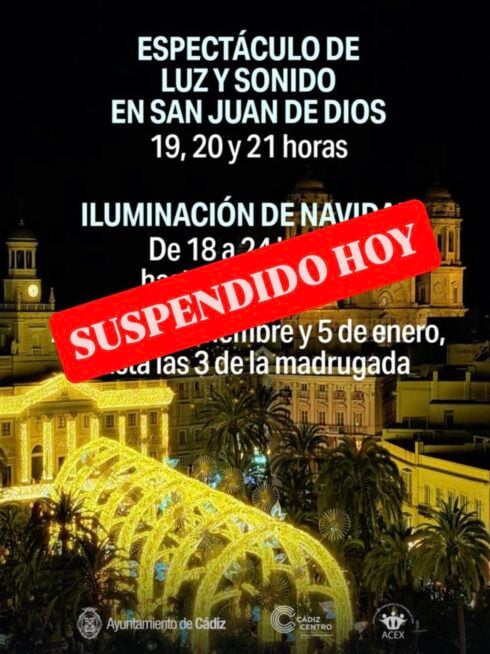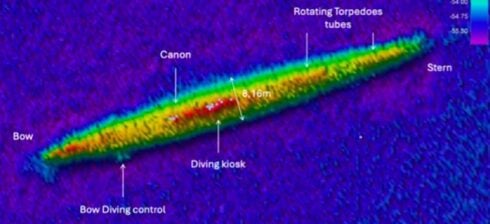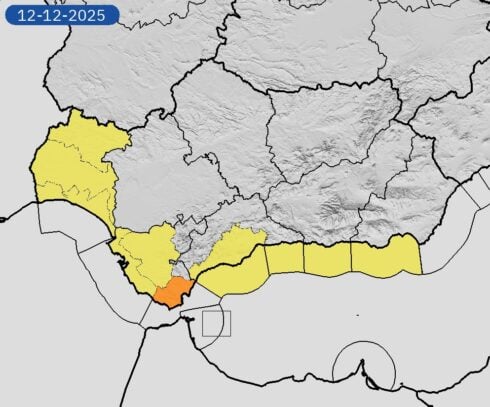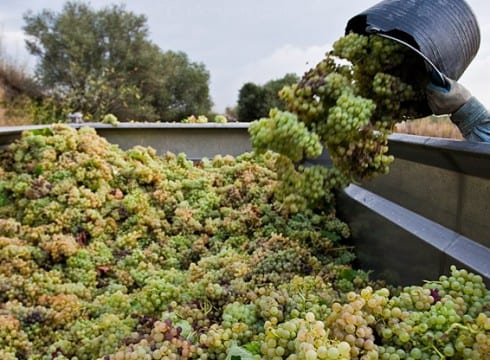IN a heartening occurrence that unfolded at the beginning of this month, Thursday August 3, a female European bison calf was born at the Zoobotanico of Jerez.
This notable addition to the zoo’s population marks a significant achievement in preserving the biodiversity of these majestic creatures.
The calf’s birth was met with excitement and anticipation by both zoo staff and visitors alike.
Within moments of its arrival, the calf was up and moving, exhibiting remarkable vitality.
Visitors to the zoo have the unique opportunity to witness the calf’s early stages of life as it explores its enclosure under the watchful eye of its mother.
GOT A STORY? Email us at tips@theolivepress.es
One of the most remarkable aspects of this newborn’s journey is the immediate maternal care it has received.
Displaying remarkable instincts, the mother has been attentive and nurturing, ensuring the calf’s health and well-being. This early bonding is a crucial part of the calf’s development and sets a positive trajectory for its growth.
European bison, also known as wisents, are Europe’s largest surviving land animal, an iconic species native to the continent. Their survival has been threatened over the years due to factors such as habitat loss and human activities.
Conservation initiatives led by zoos like the Zoobotanico of Jerez play a vital role in preserving these magnificent animals and raising awareness about their ecological significance.
This birth is a testament to the zoo’s commitment to the conservation and protection of endangered species.
The Zoobotánico of Jerez has been actively involved in various conservation projects, including the European bison EEP (Endangered Species Breeding Programs) since 1996.
READ MORE:
Bioparc in Spain’s Fuengirola celebrates arrival of eleven flamingo chicks
Two chicks of an endangered pheasant species born in Fuengirola (Malaga)
Click here to read more Cadiz News from The Olive Press.








